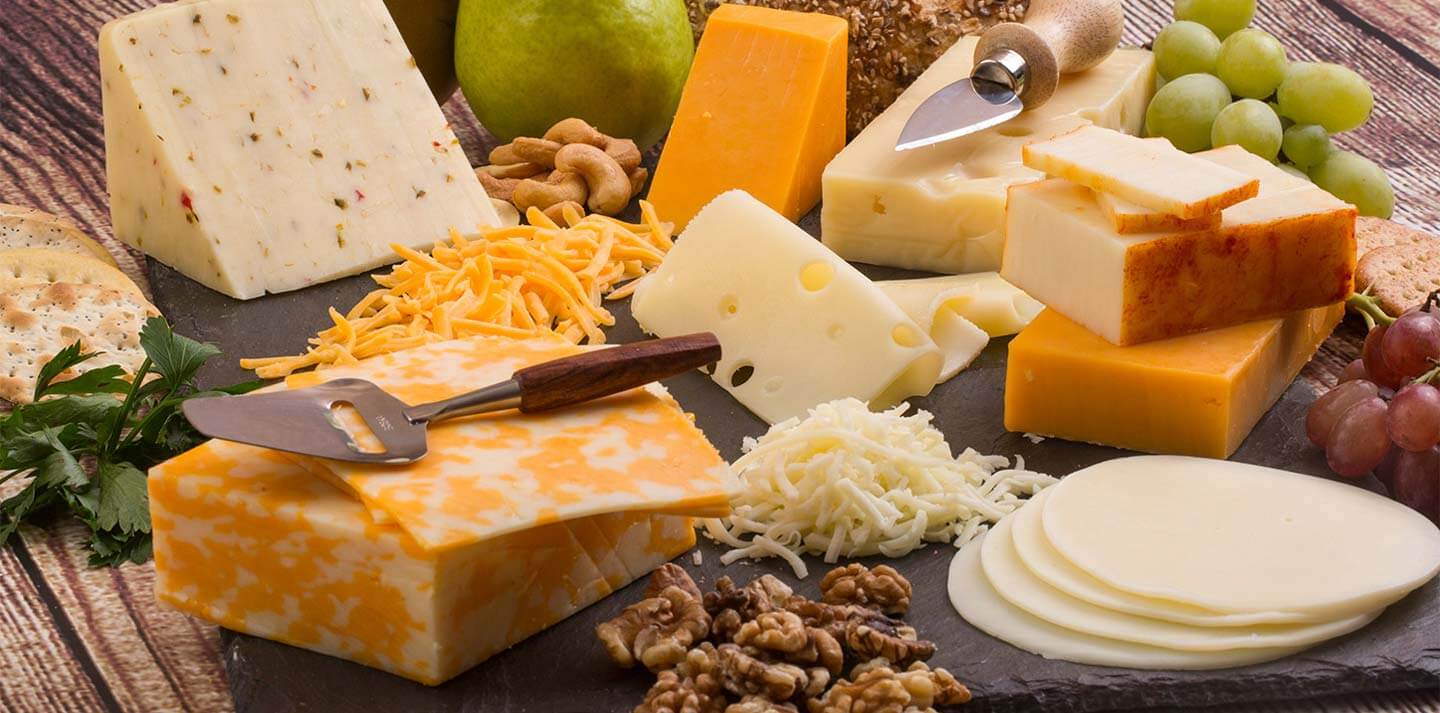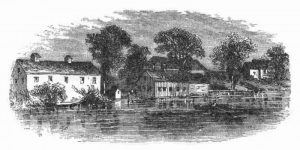Ruchira tells us the story of cheese, its antiquity and how it became an industrial product with the rise of its popularity and increased demands. Here’re the interesting details, in the weekly column, exclusively for Different Truths.
Cheese, the five letters spell the ultimate in fine dining. An epitome of affluence and sophistication. It is probably the pivot point and the essential ingredient of Continental cuisine.
Origin of Cheese
The origin of this delectable item is lost in the mists of antiquity. However, according to a story doing the rounds, the cheese was inadvertently created by an Arabian merchant who had stored his supply of milk into a bag made out of animal hide  while travelling across the desert. Due to solar heat and the milk reacting with the hide, it split into curd and whey. Later, in the night the Arab discovered that the whey slaked his thirst. Consumption of the white mass made him feel full.
while travelling across the desert. Due to solar heat and the milk reacting with the hide, it split into curd and whey. Later, in the night the Arab discovered that the whey slaked his thirst. Consumption of the white mass made him feel full.
Cheese Spreads
In the centuries that followed, Asian travellers (mainly Arabs) reportedly carried the savoir-faire of cheese making to Europe. It is well known that cheese was common food item when the Roman Empire had reached its zenith. During their conquests of the British Isles Romans introduced cheese making to England.
Cheese in Monasteries
Interesting to note, from the decline of the Roman Empire until the discovery of America, the cheese was made and improved upon by monks and nuns in the innumerable monasteries dotting the continent. During those medieval times, monks and nuns who led Spartan lives, away from society had cheese as their staple diet as it was a major source of protein. Most monasteries and nunneries raised their own cows, goats and sheep. Hence cheese was easily and plentifully available.
Cheese Goes to America
Cheese making continued to flourish in Europe and became an integral part of people’s diet. When the Pilgrims made their voyage to America in 1620 they included cheese in the supplies loaded aboard their ship Mayflower. Cheese quickly spread in the New World. However, it remained a local farm industry until the 19th century.
The first cheese factory in the United States was built by Jesse Williams in Oneida County, New York around 1851.As the population of the USA grew, the demand for cheese increased manifold. In 1845, a band of Swiss immigrants based in Wisconsin began manufacturing of foreign cheese in America. Most Wisconsin farmers began to believe that their future survival was tied to cheese. So they worked hard to establish their first Limburger plant around 1868.From an agricultural produce cheese now became an industrial product. The demand for cheese grew by leaps and bounds through the 1970s and 1980s. This eventually brought total cheese production to more than 6 billion pounds by the early 1990s. Till date the US of A is a major producer and consumer of cheese in the world
Types of Cheese
Parmesan cheese is a connoisseur’s delight. True Parmesan cheese has a hard, gritty texture and is fruity and nutty in taste. This is extensively used in a grated form in pasta, soups, and risottos.
A highly reputed cheese, Penicillium Roquefort, originated in France’s Roquefort town, dotted with caves full of naturally occurring Penicillium mould /spores. Originally the cheesemakers left loaves of rye bread in the nearby caves. The loaves became hosts to the moulds in the air. A month later, the mould inside the loaves of bread was dried, ground and combined with cheese. The round chunks of cheese were then left inside the caves for ripening. In the absence of refrigeration, the coolness of the caves prevented the cheeses from spoiling. What an ingenious way of using nature!
Gouda is a Dutch cheese named after the city of Gouda in the Netherlands. Immensely popular, it accounts for 50 to 60 % of the global s cheese consumption. It is a semi-hard cheese, with a rich, unique flavour and smooth texture. Typically made from pasteurized cow’s milk. Though sheep/ goat milk may be used.
Feta of Greek origin is a brined white cheese made from sheep and/or goat milk. It is a crumbly aged cheese, commonly produced in blocks, and has a slightly grainy texture. Consequently, it is used as a table cheese, especially in salads and pastries. It may also be grilled, and used in sandwiches, omelettes etc.
Emmenthal, hailing from Emme River Valley, Switzerland, is a firm cheese, pale yellow in colour. It is buttery, mildly sharp, with slightly nutty taste. Its hallmark is the holes or ‘eyes’. Did you know the holes are formed by gas bubbles released by the bacteria that go into making the cheese? Due to its low melting point, it is extensively used in sauces and grilled sandwiches.
Blue cheese was reportedly produced by accident when a drunken cheese maker left behind a half-eaten loaf of bread in a humid cheese cave. Upon his return, he discovered that the mould covering the bread had transformed it into a blue cheese. This cheese is characterised by green, gray, blue or black veins or spots of mould throughout the body-the result of energetic activity by the microorganisms therein.
Cottage Cheese or Paneer
Sure enough, we must not forget the simpler country cousin of European cheese. Cottage cheese, nicknamed Paneer on the subcontinent. It can easily be made at home. All you need is a certain quantity of boiled milk and a few drops of lemon juice. While the milk is warm add the juice and Voila! You get a mass of impeccably white soft cheese!
©Ruchira Adhikari Ghosh
Photos from the Internet
#Cheese #HistoryOfCheese #TypesOfCheese #HowCheeseIsMade #CheeseAsImportantFood #CheeseAroundTheWorld #SliceOfLife #DifferentTruths









 By
By

